UOPeople MBA BUS 5910 Unit 4: Blaze Manufacturing Case Study
VerifiedAdded on 2022/01/13
|5
|898
|473
Case Study
AI Summary
This assignment is a case study analysis of Blaze Manufacturing (BM), a small textile manufacturer facing financial difficulties due to rising costs and foreign competition. The analysis diagnoses the causes of BM's issues, highlighting the impact of minimum wage regulations, environmental expenses, and a lack of accounting knowledge. It explores potential alternatives, such as rejecting unprofitable orders, negotiating with suppliers, and adjusting employee commissions to improve profitability. The assignment also suggests actions BM can take, including seeking alternative suppliers, reducing fixed overhead costs, and optimizing machinery. Furthermore, it emphasizes the importance of management accounting in decision-making and the effects of ethical disputes and remuneration policies on company success. The case study provides insights into financial analysis and strategic planning within a competitive business environment.
1 out of 5
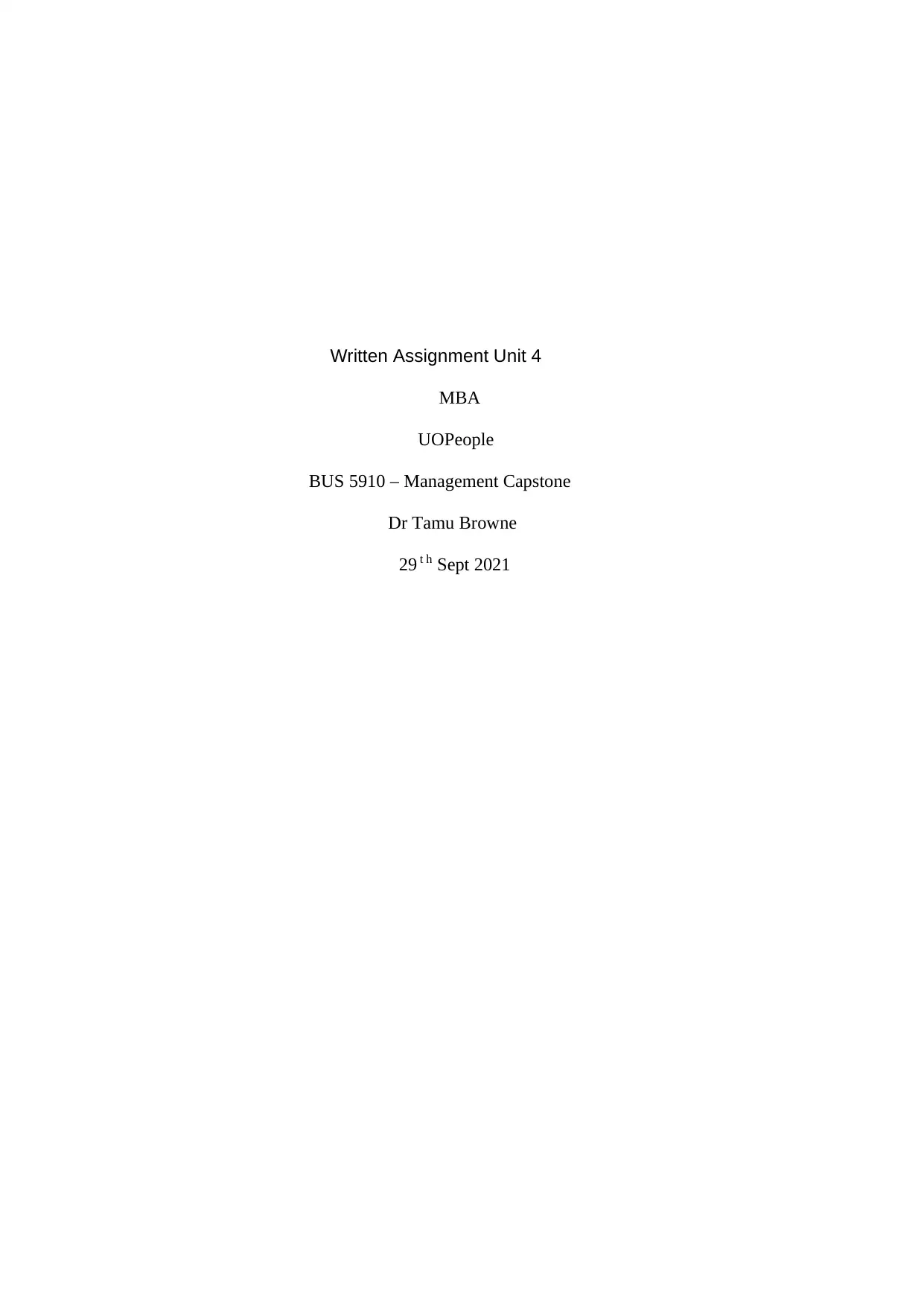
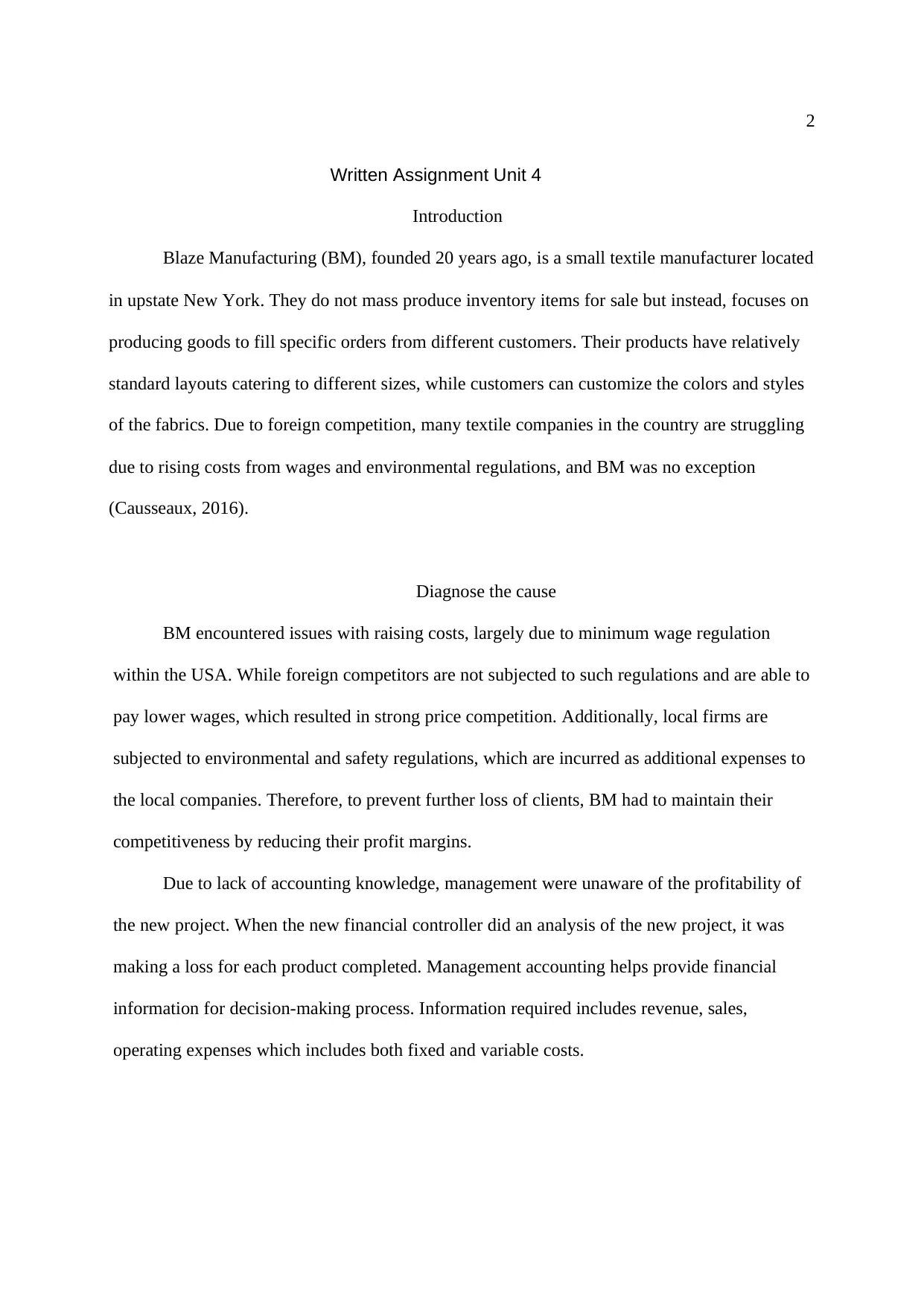
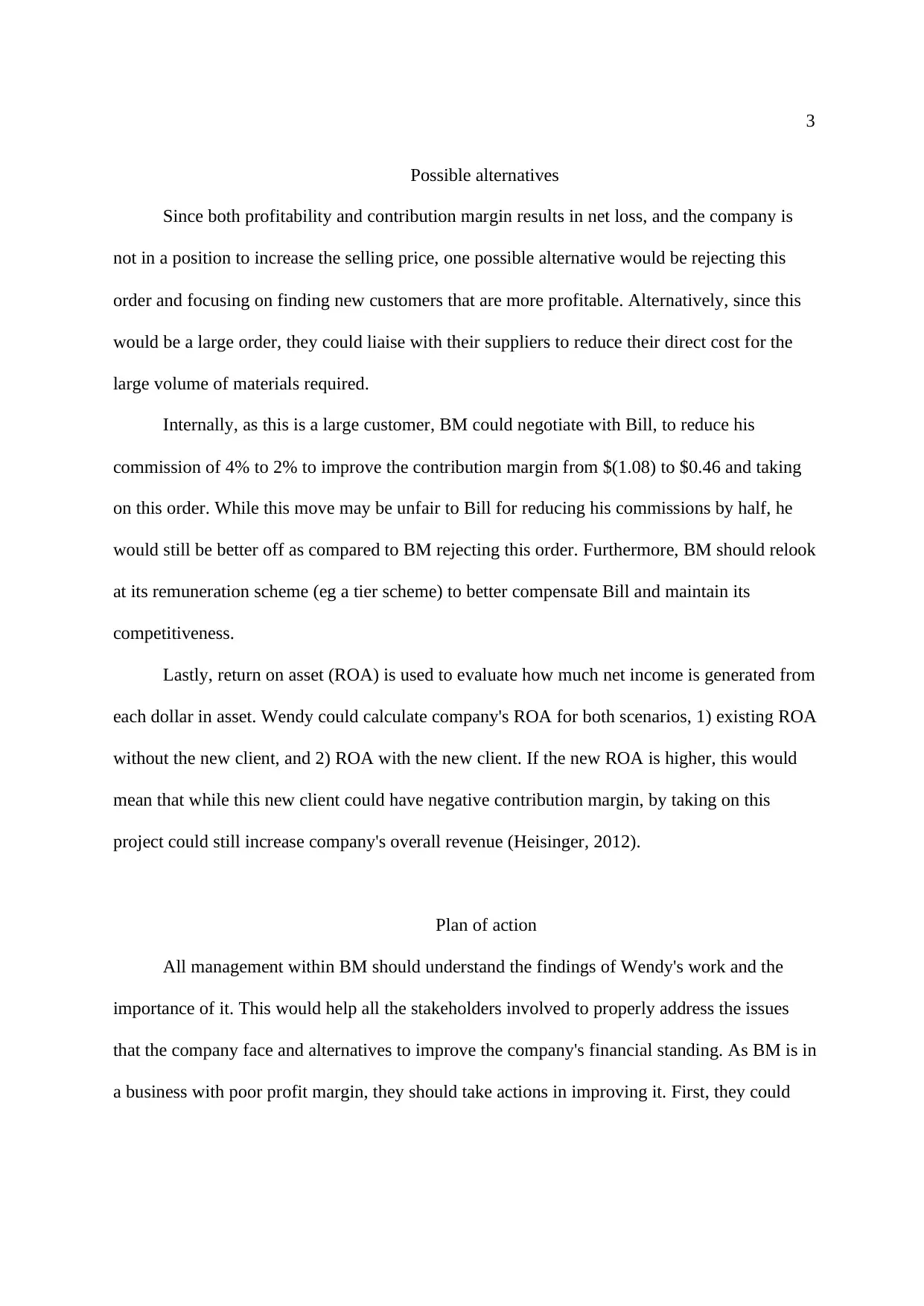

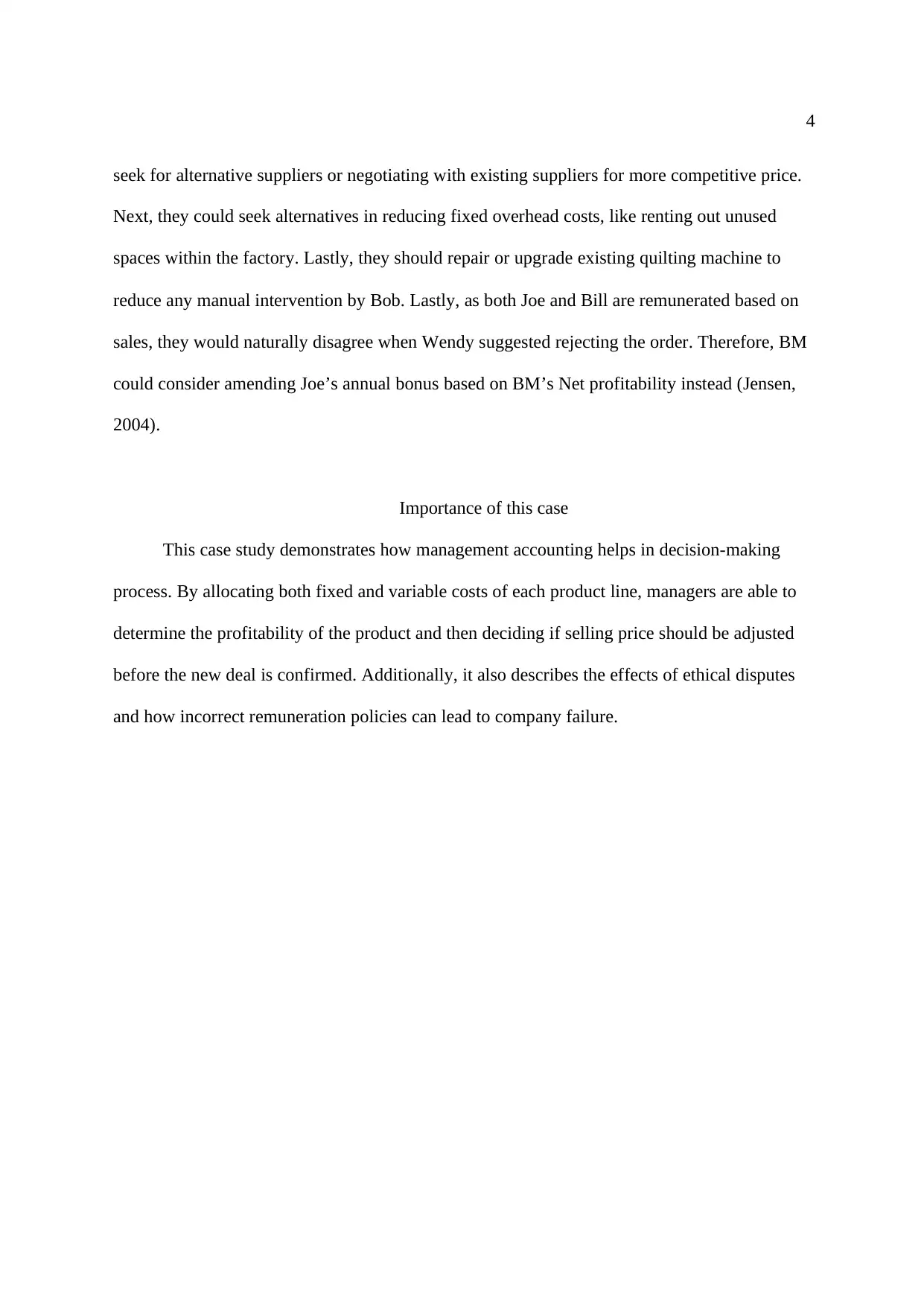
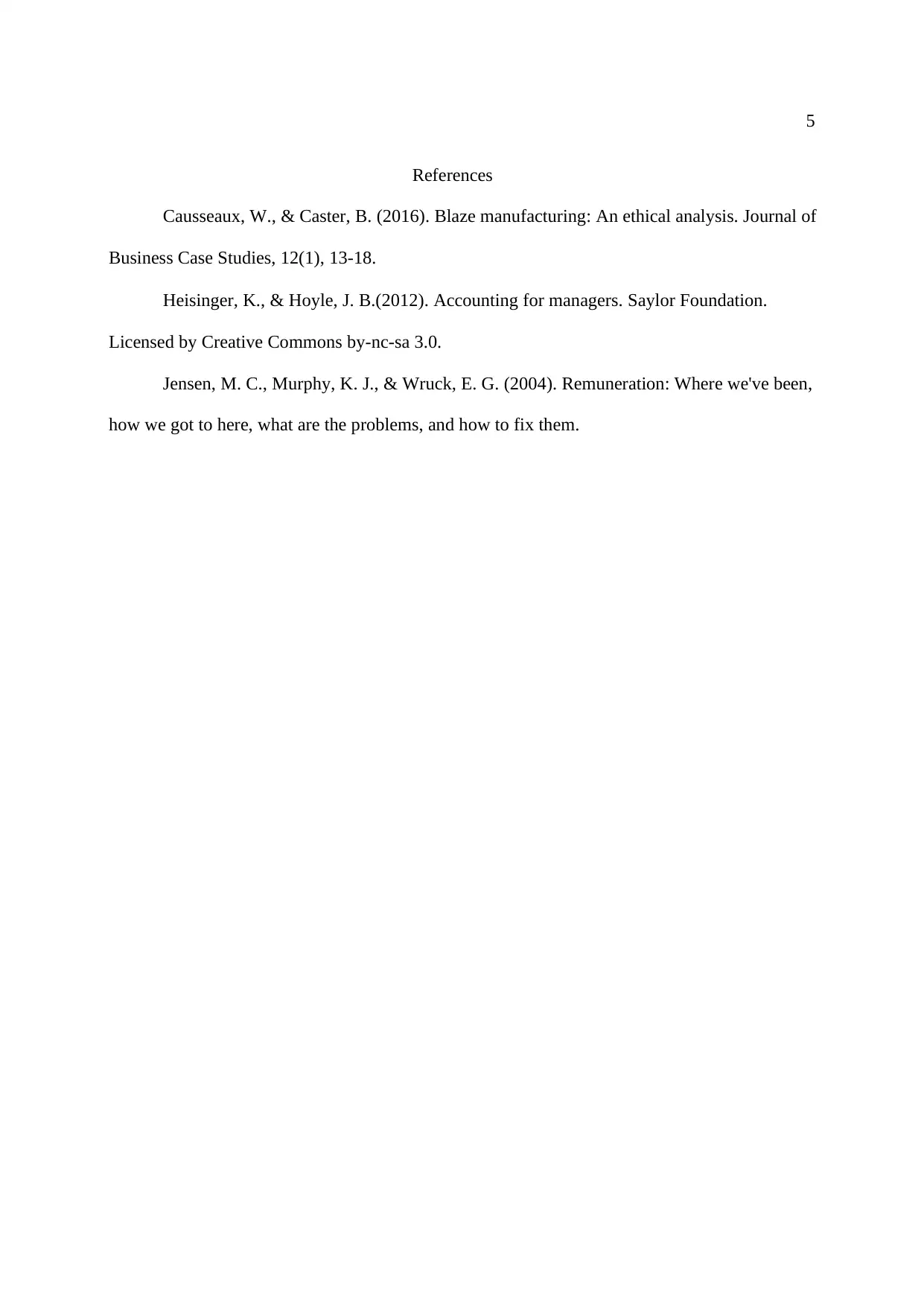






![[object Object]](/_next/static/media/star-bottom.7253800d.svg)